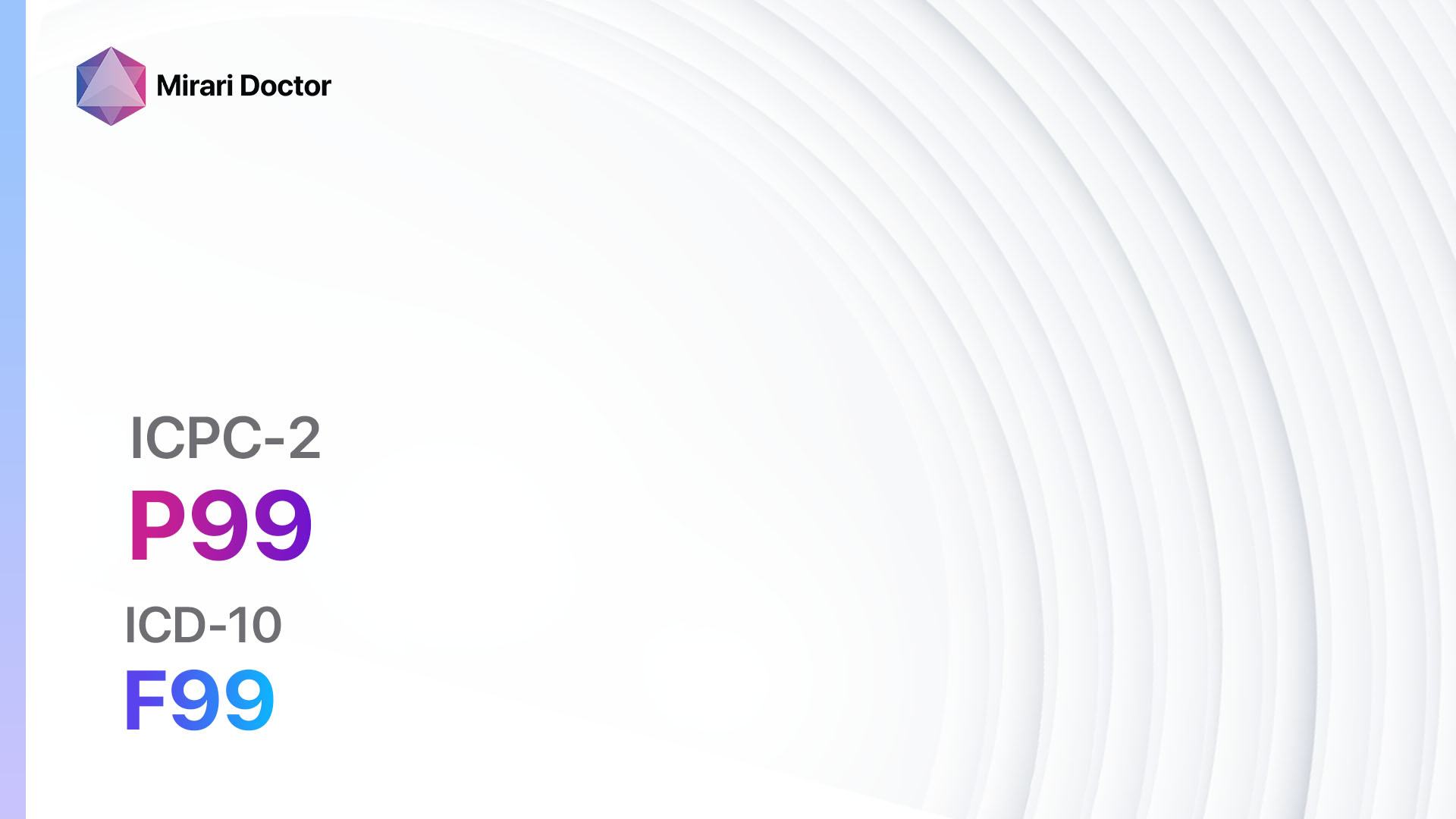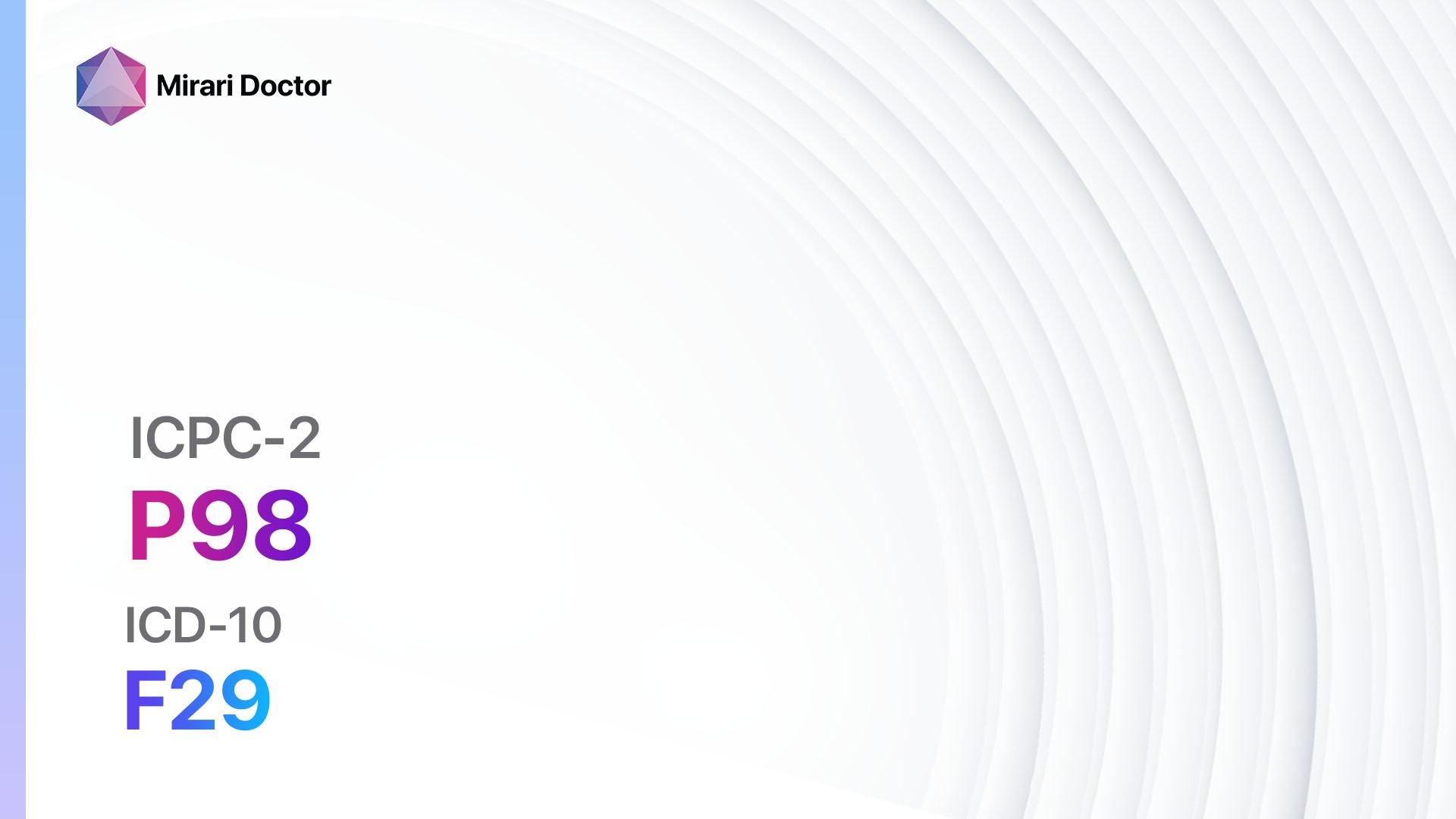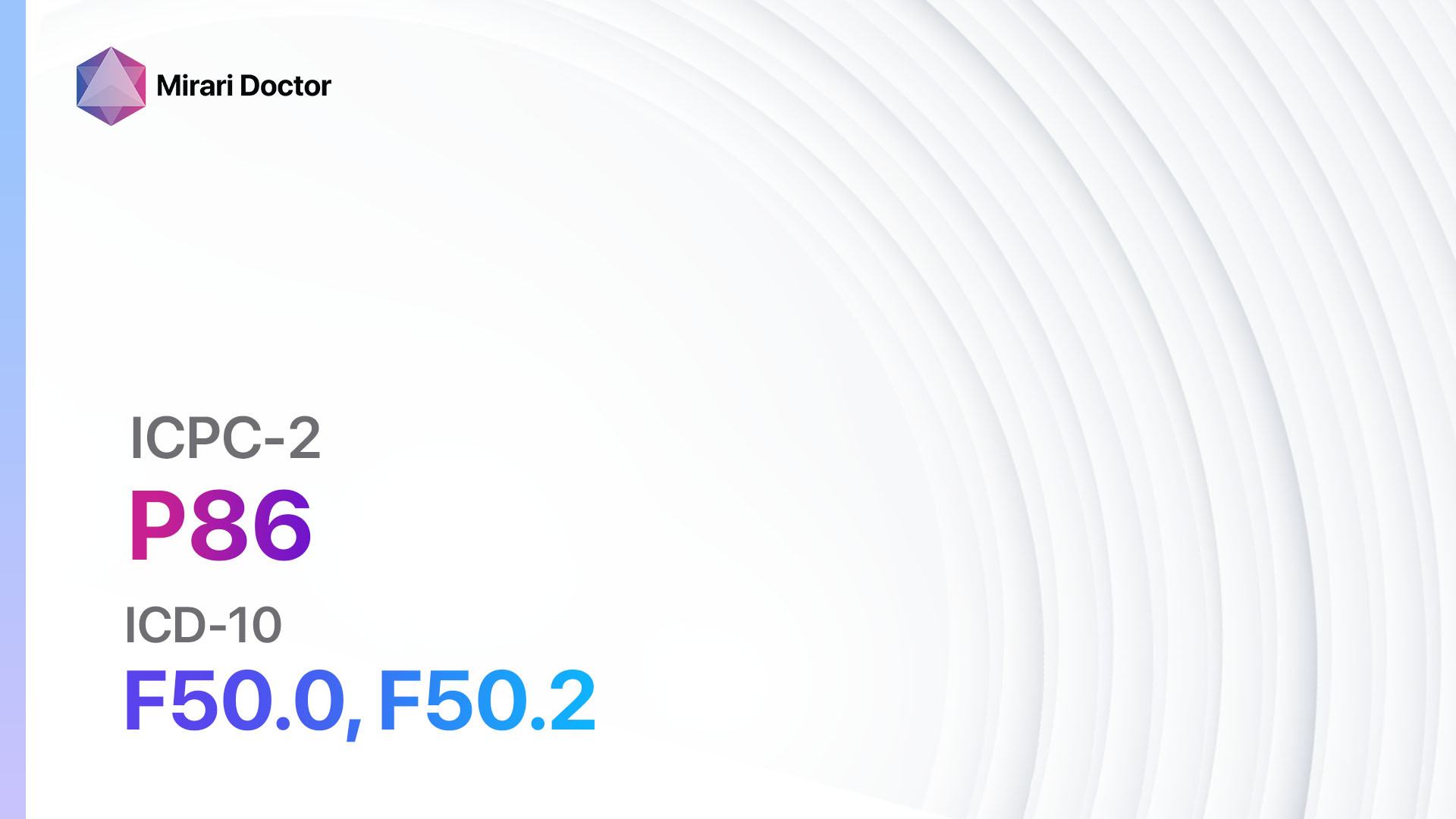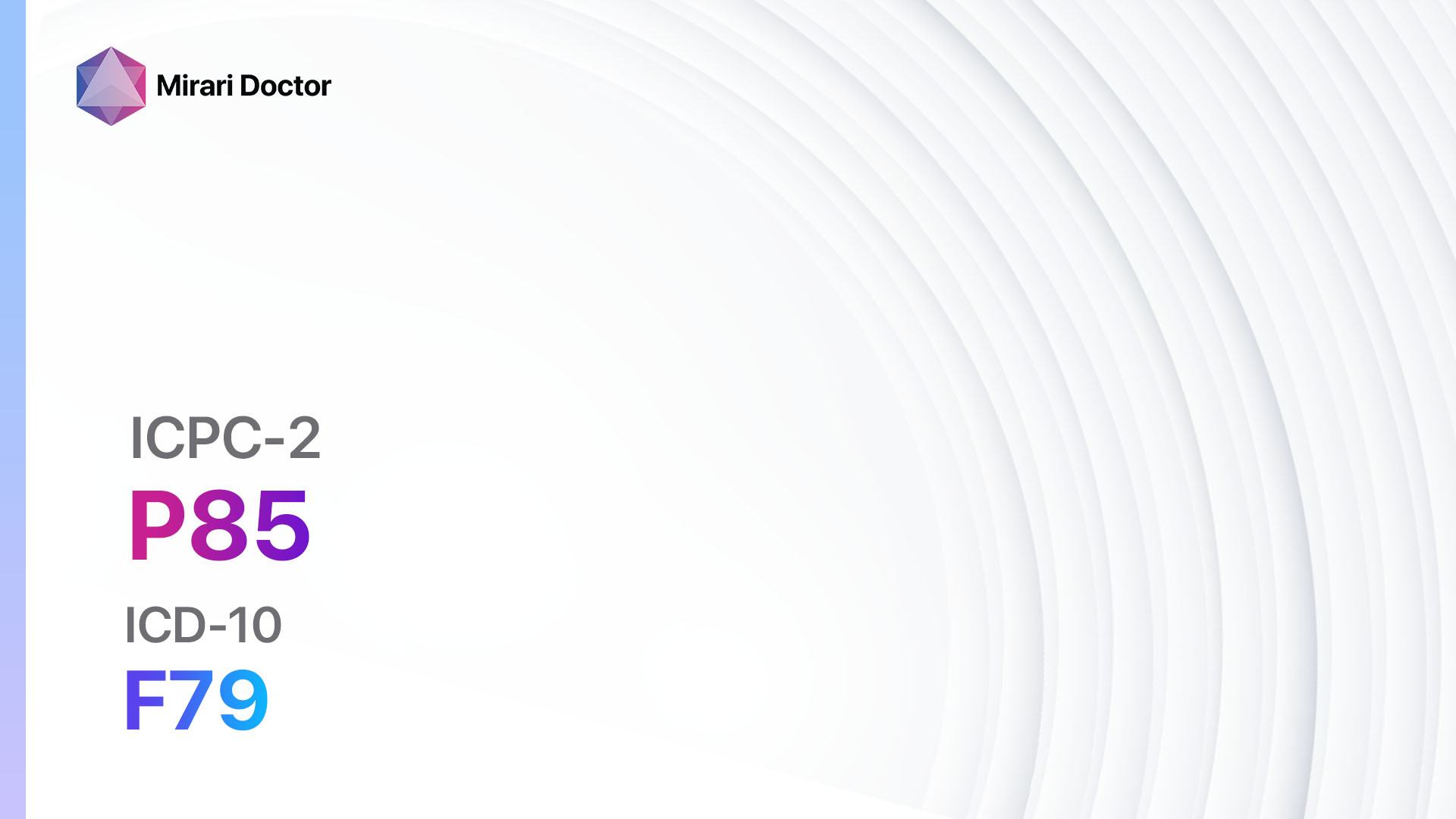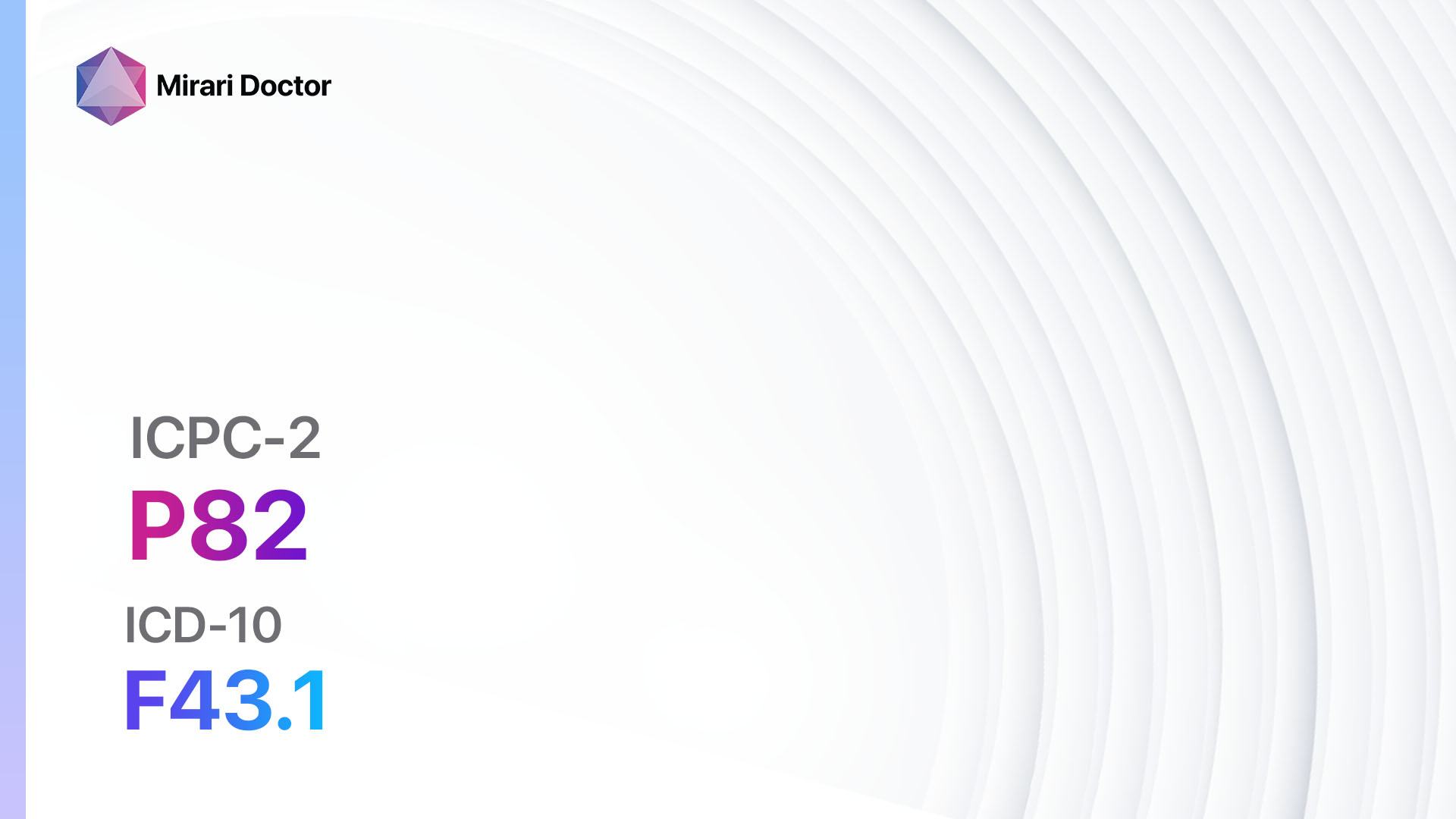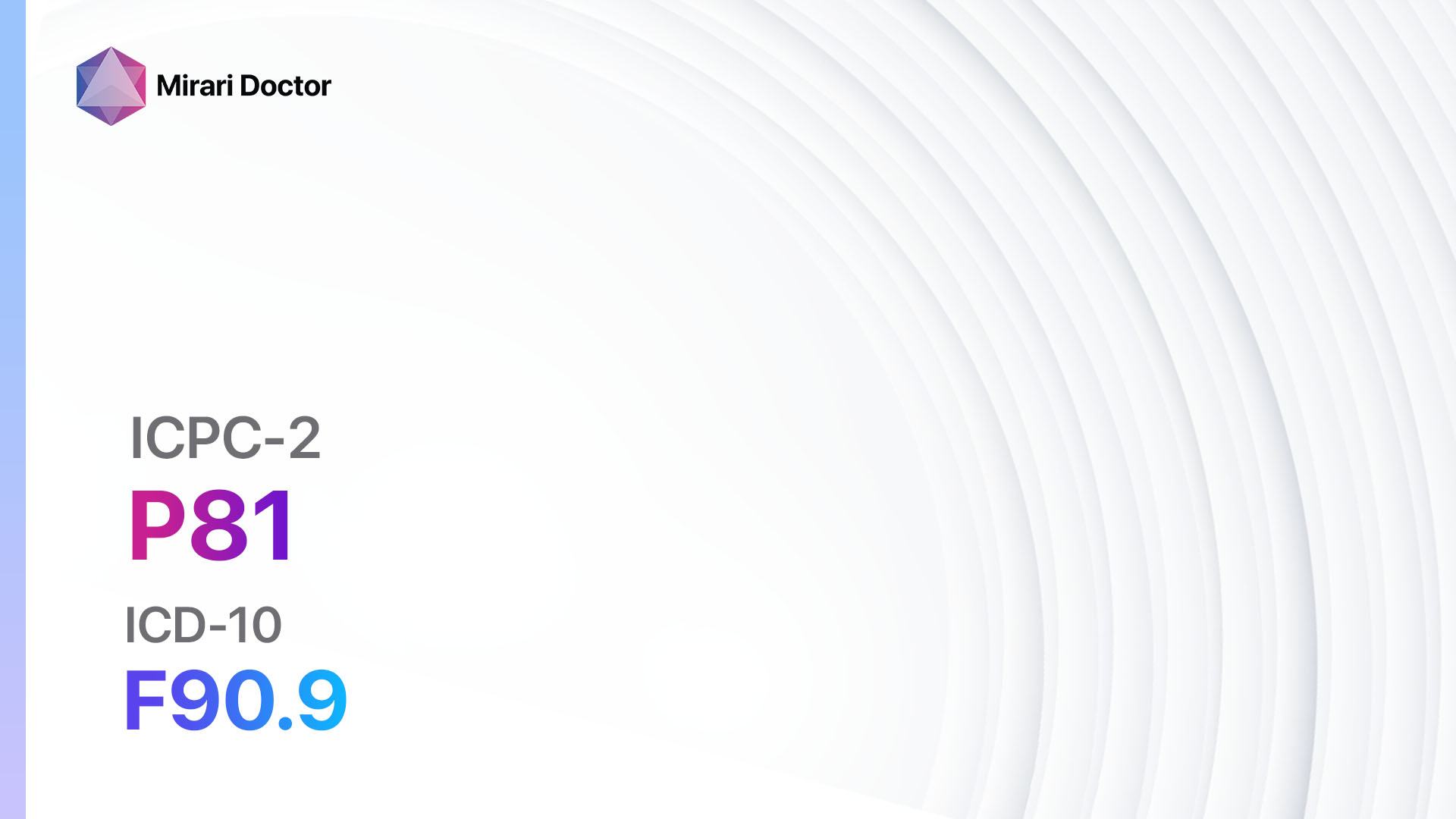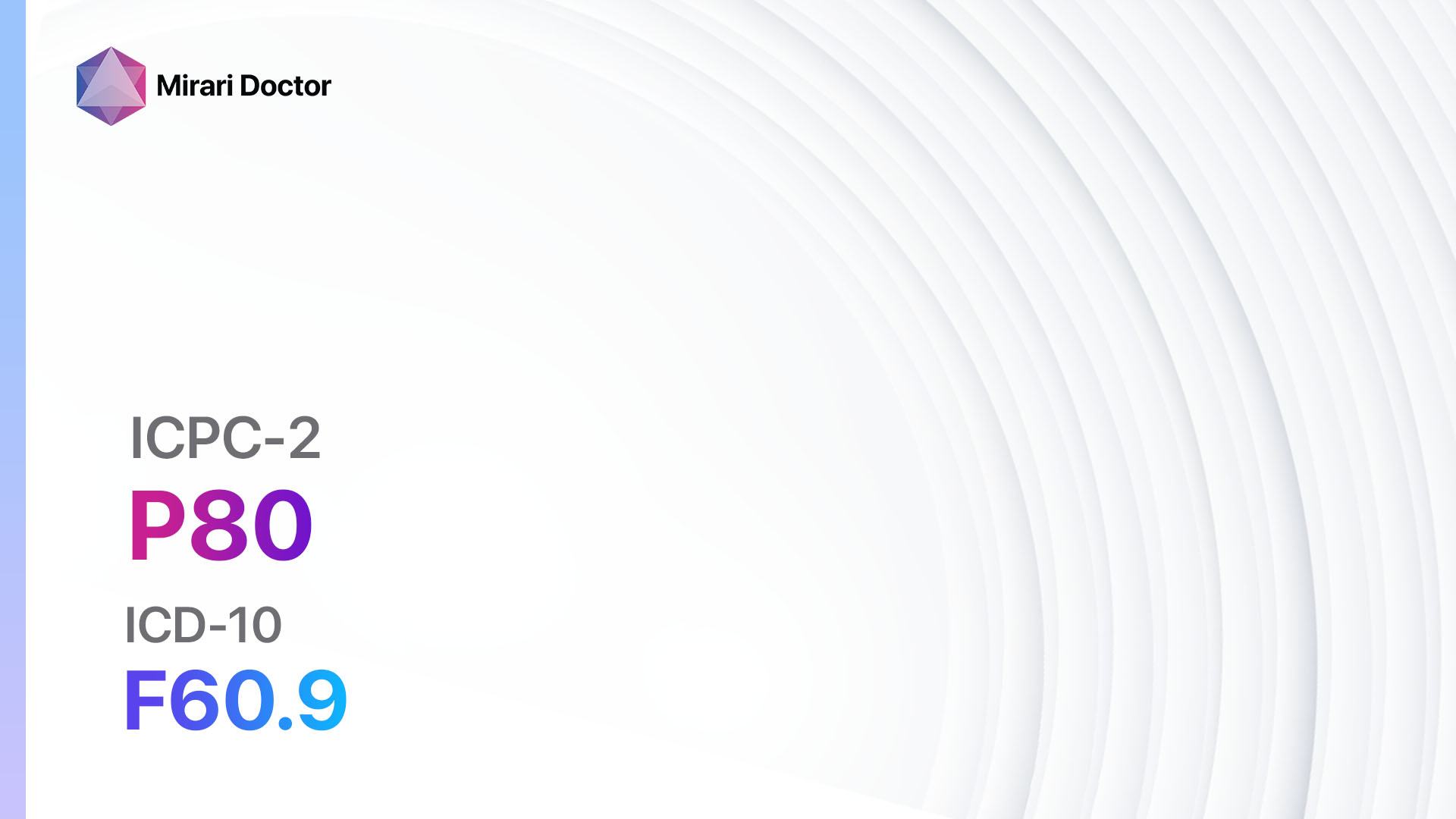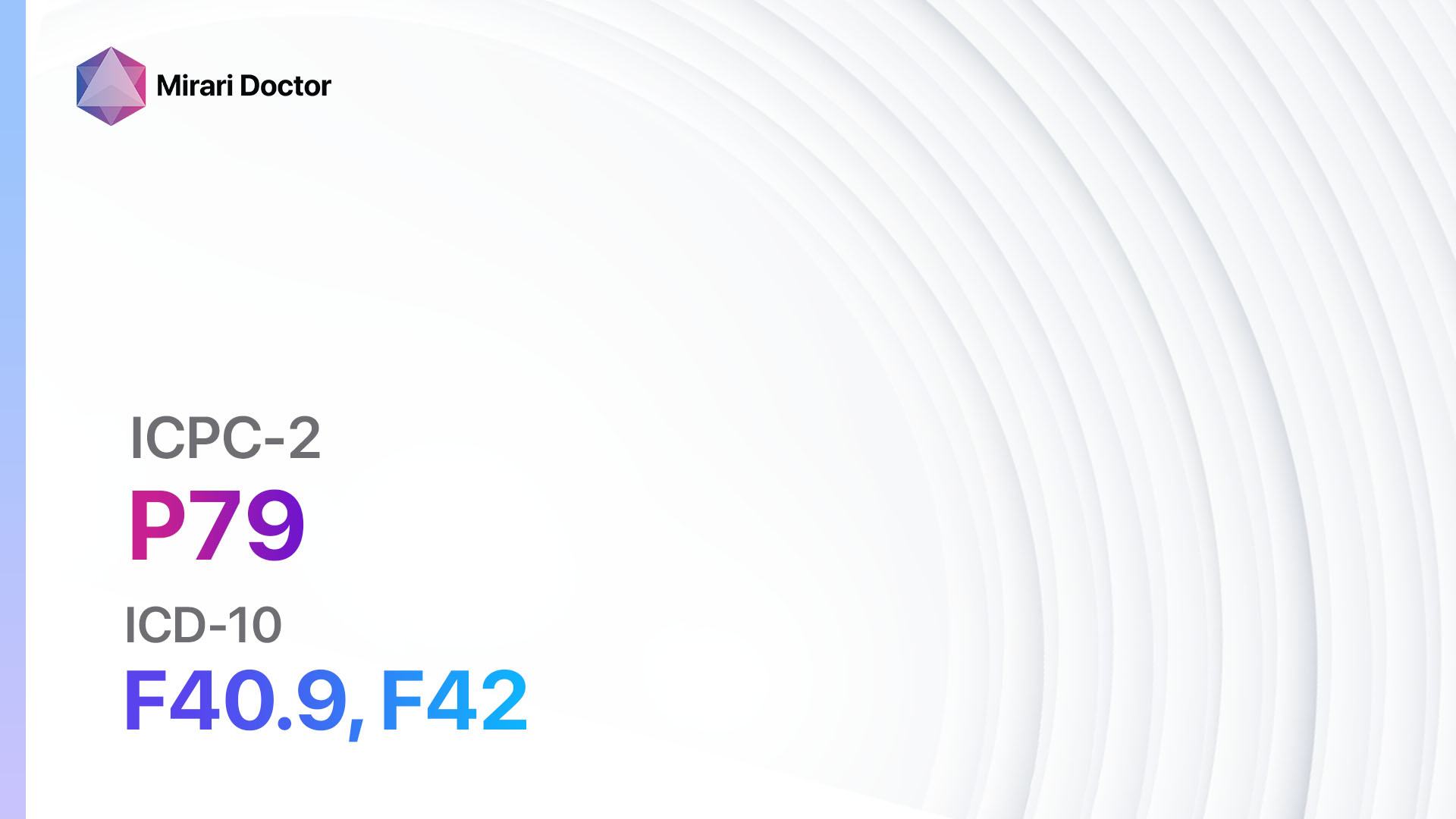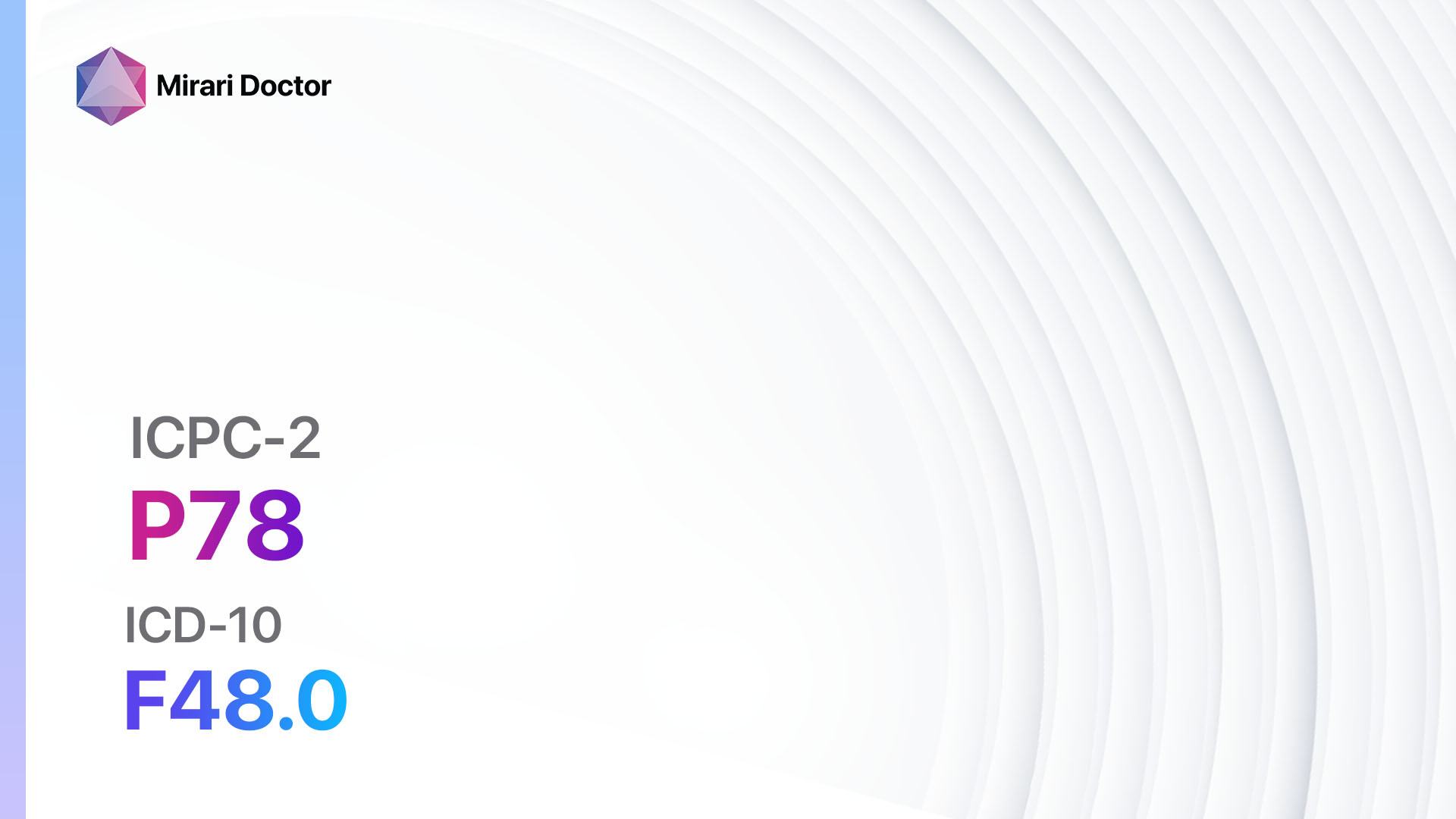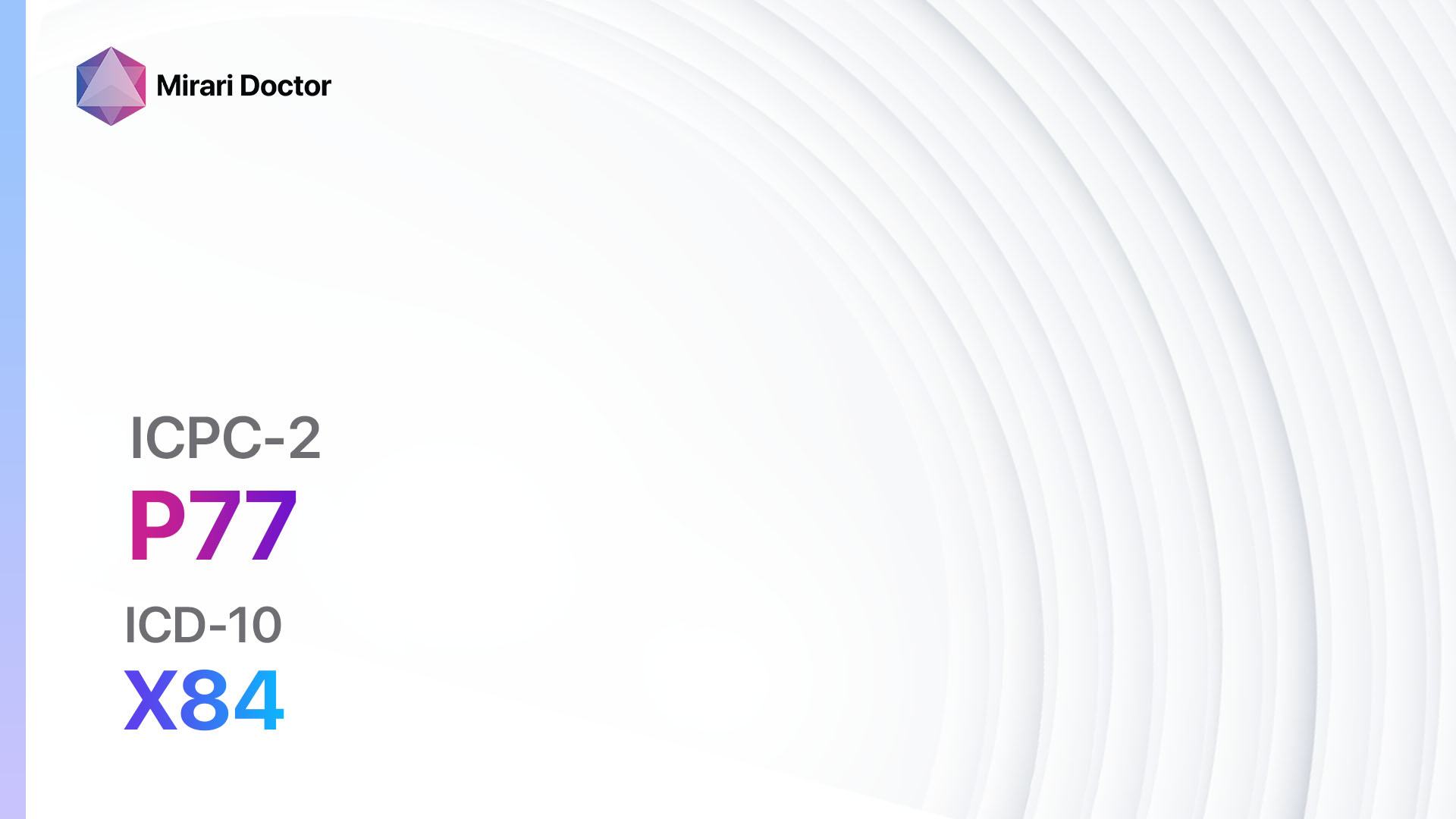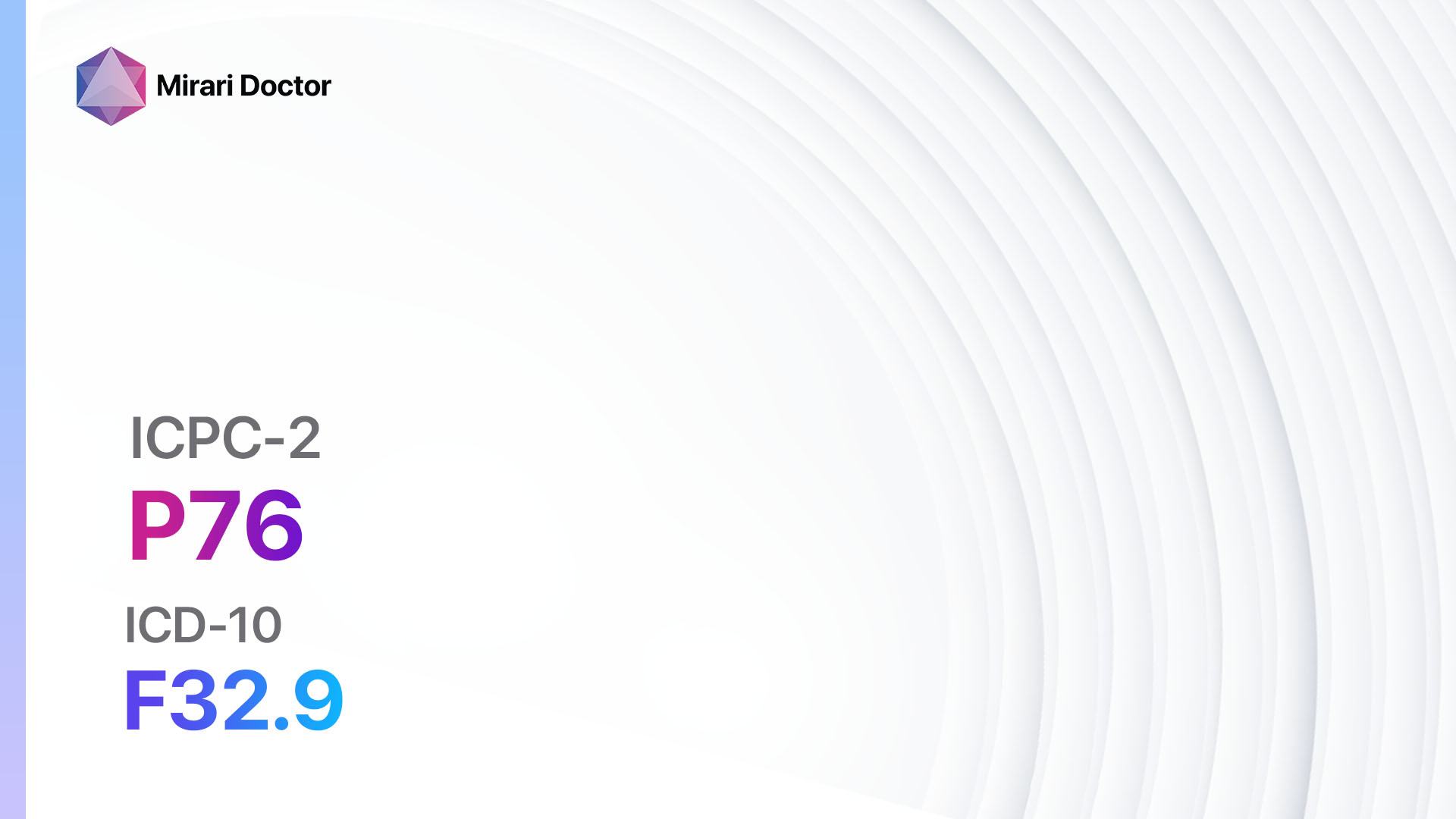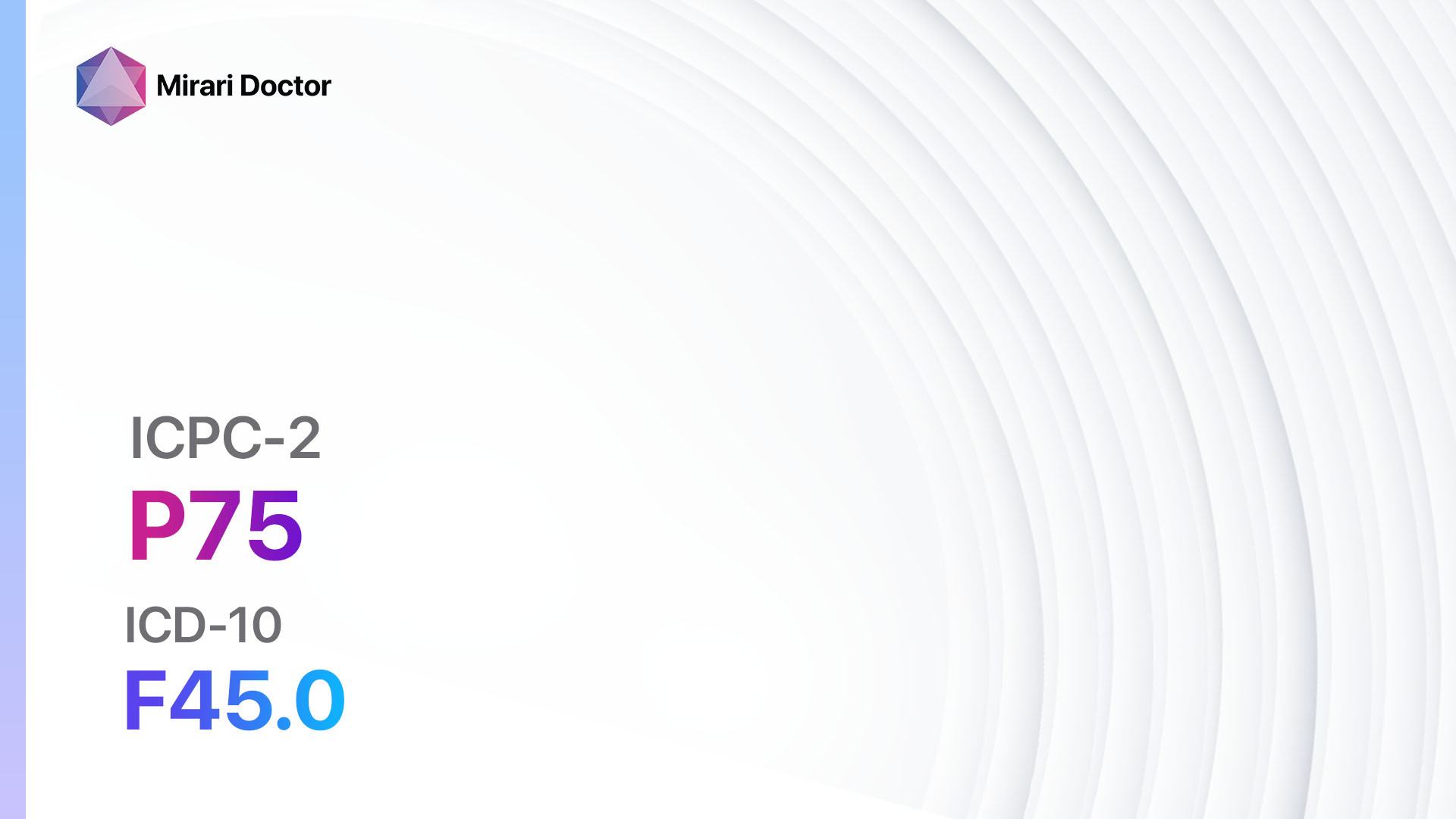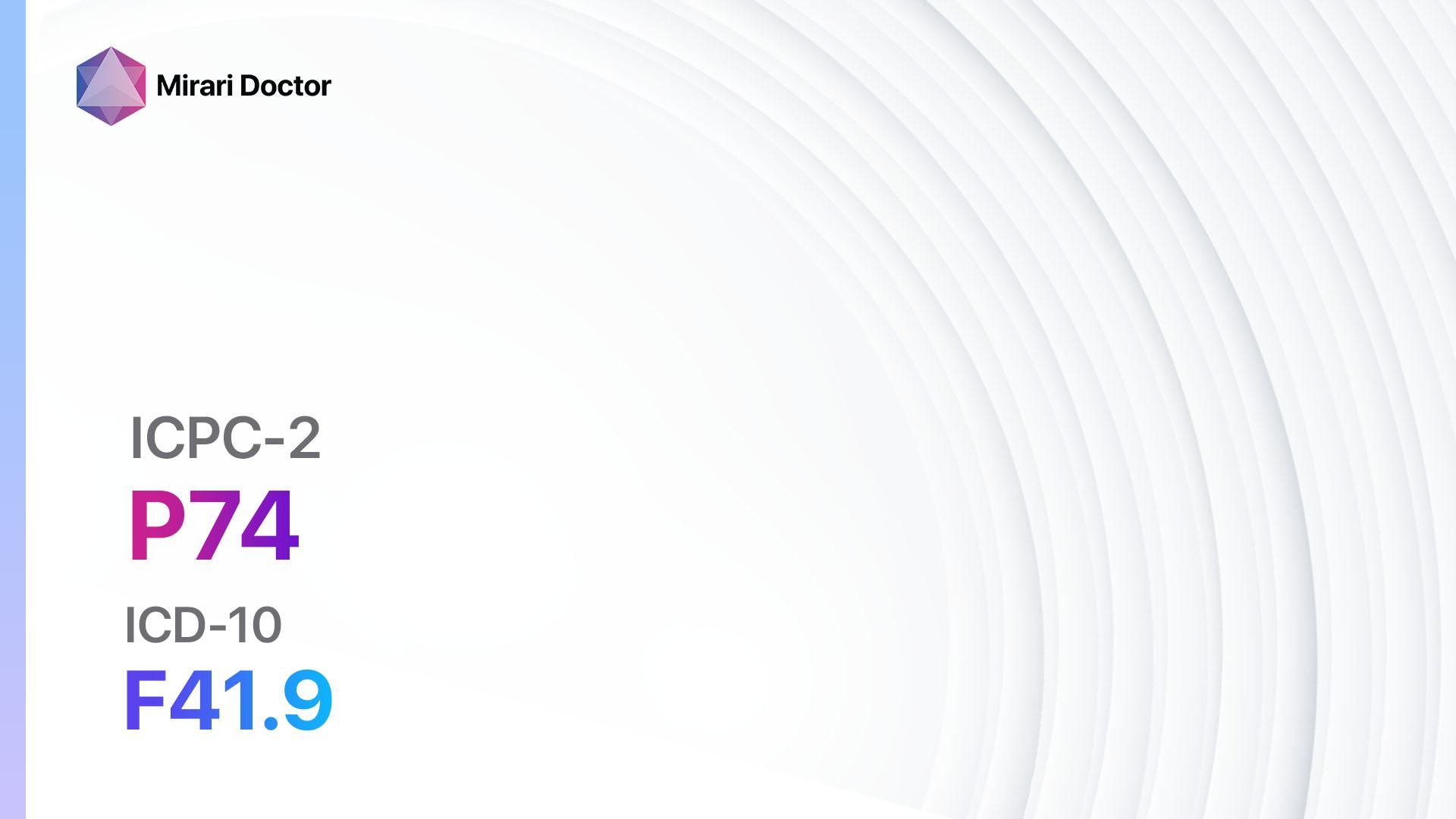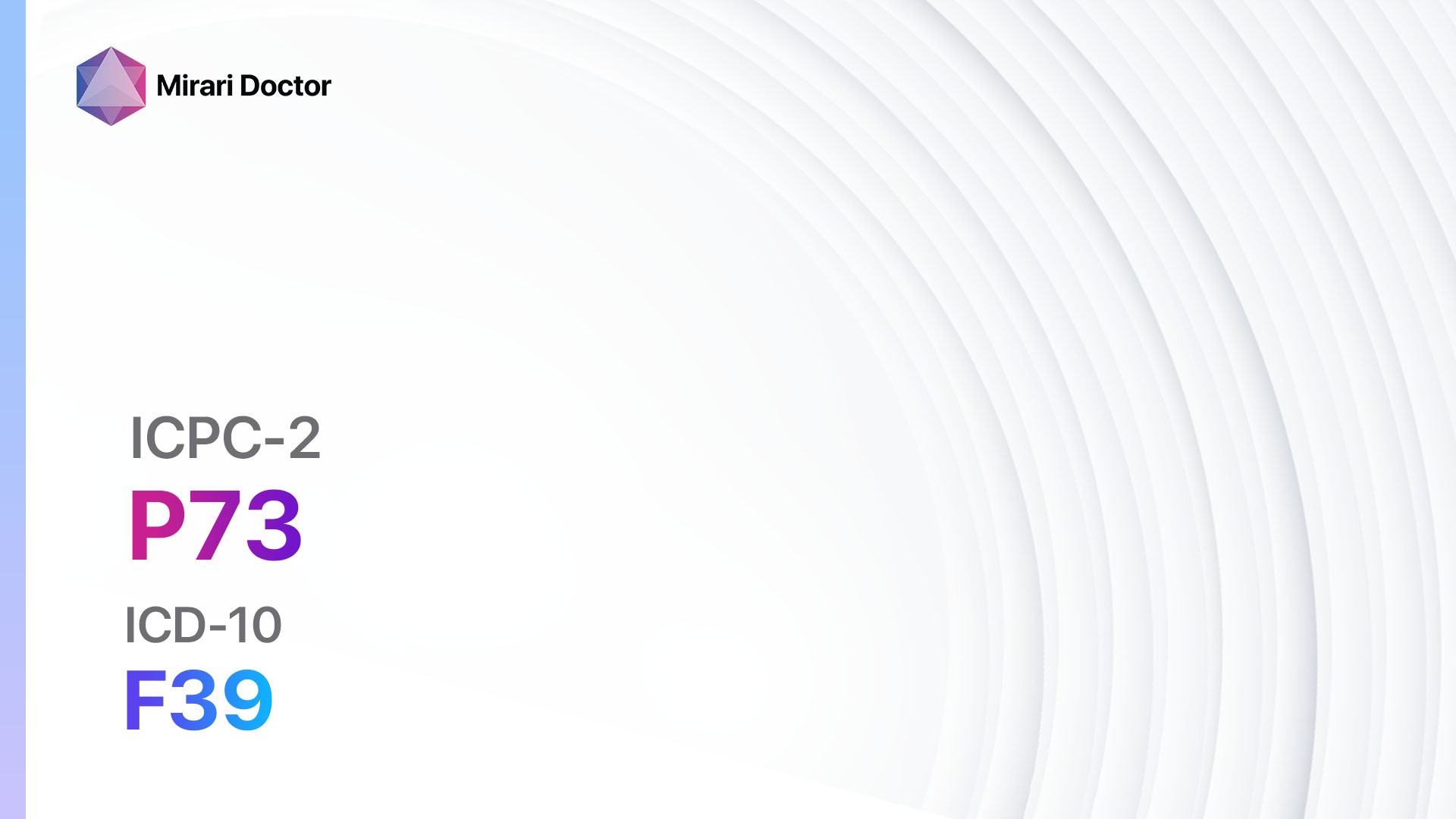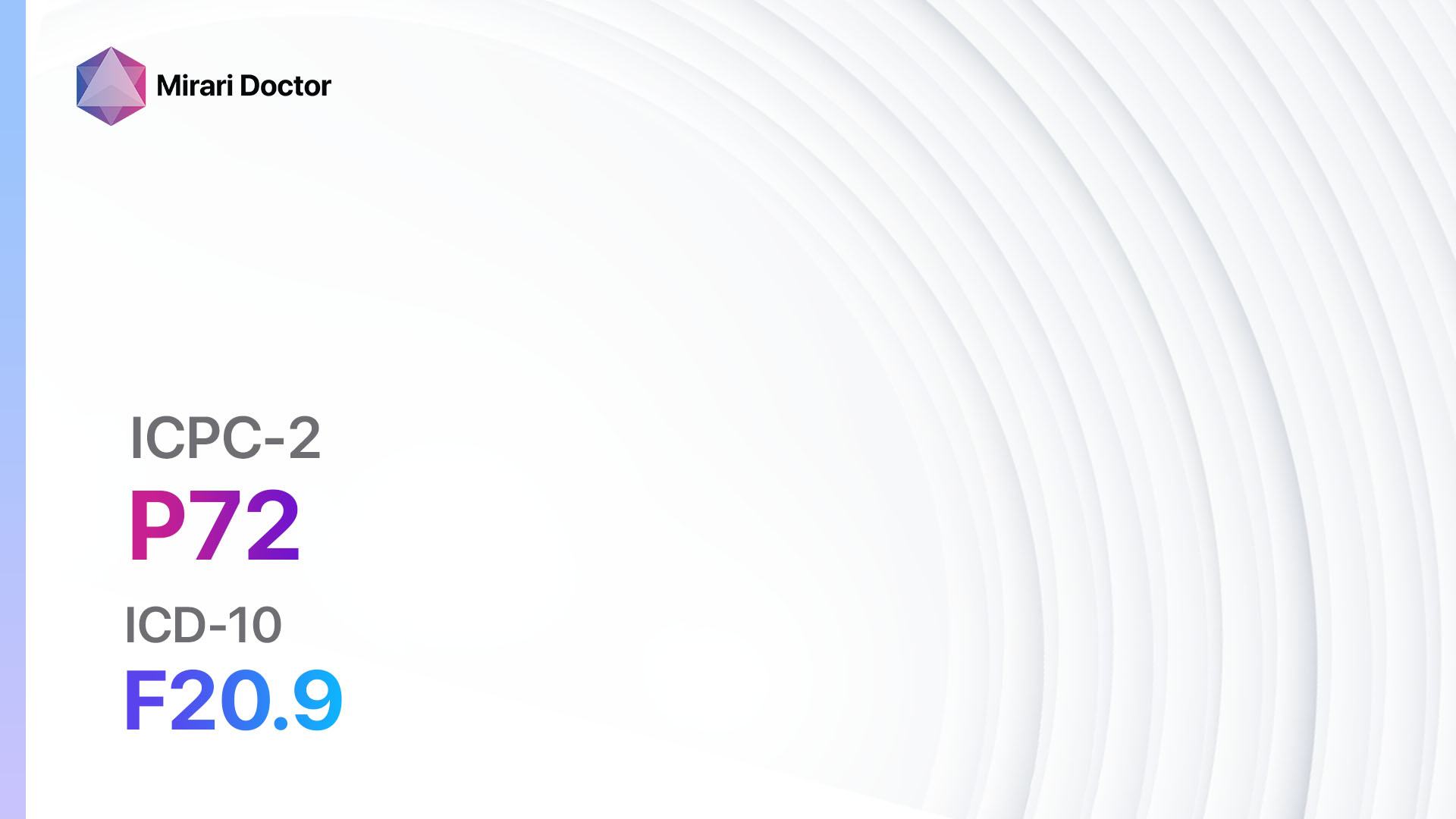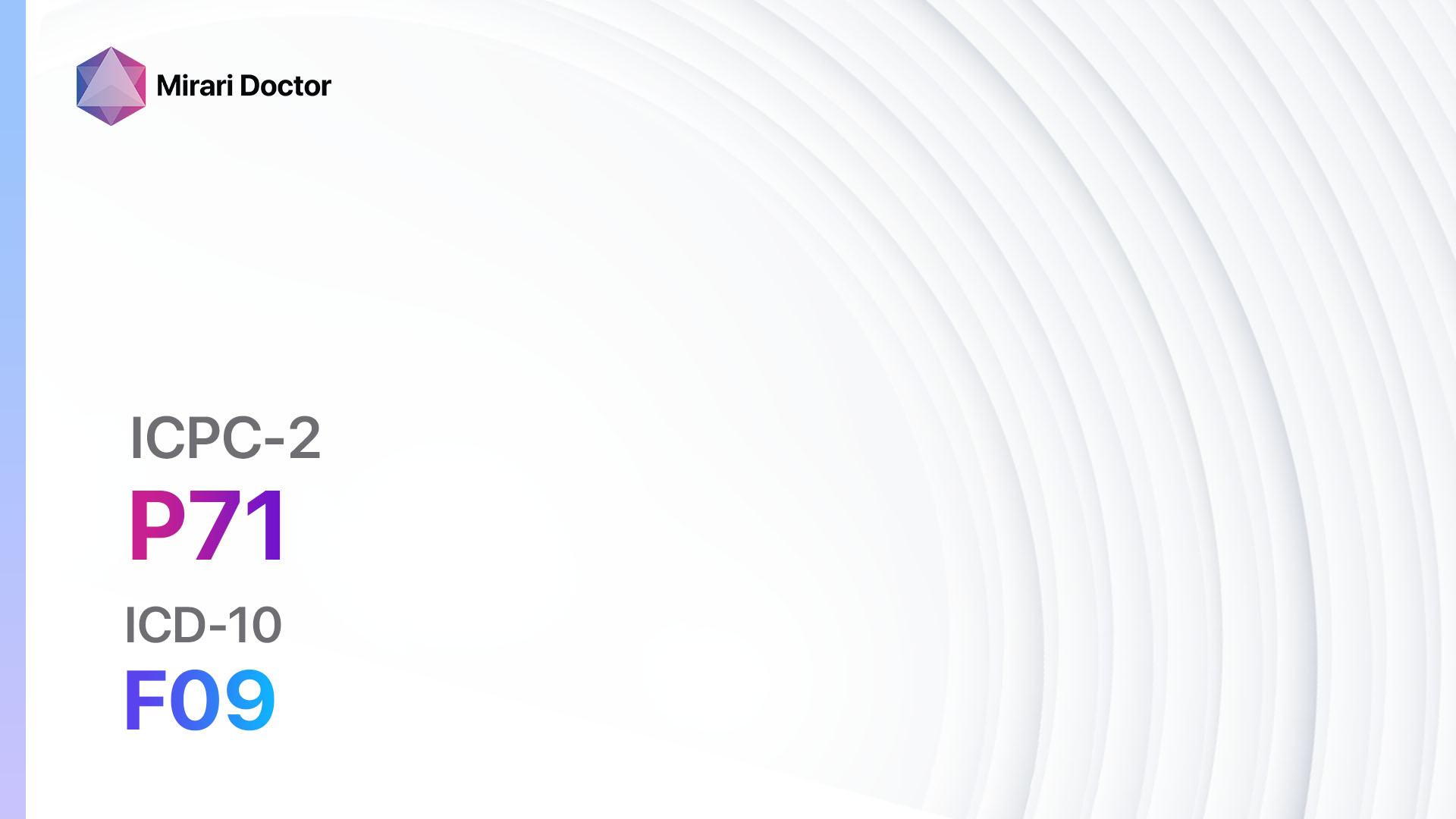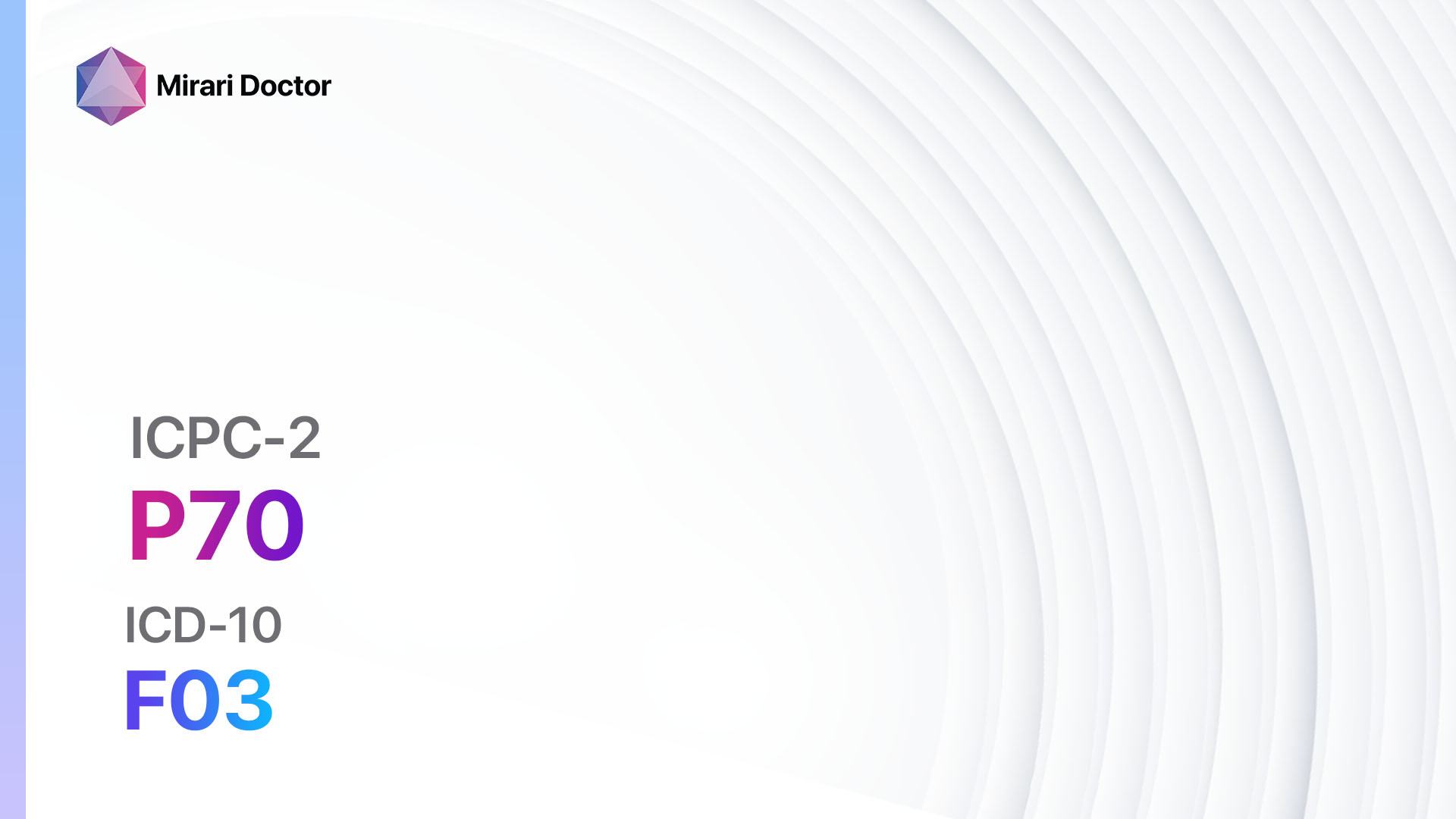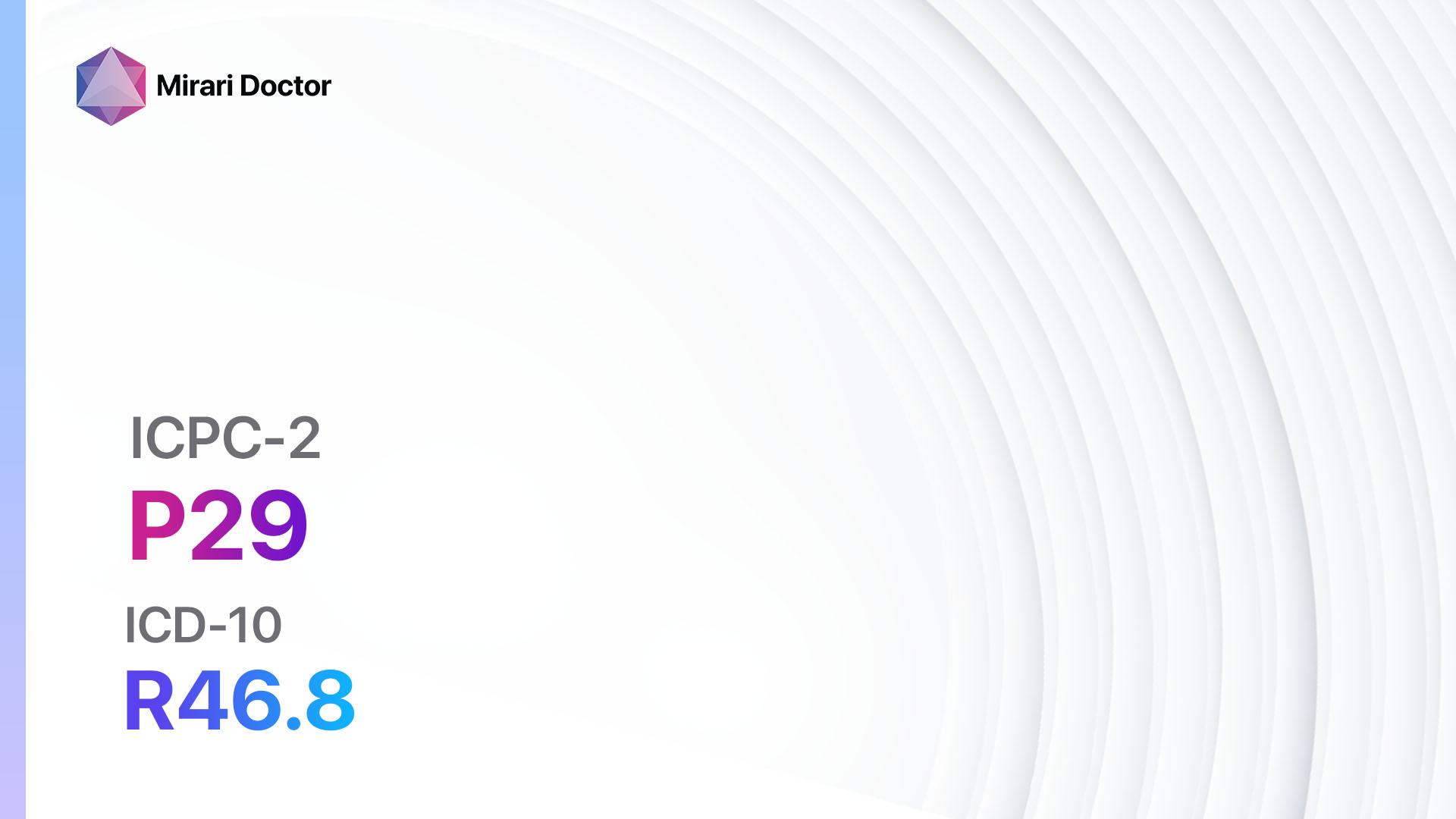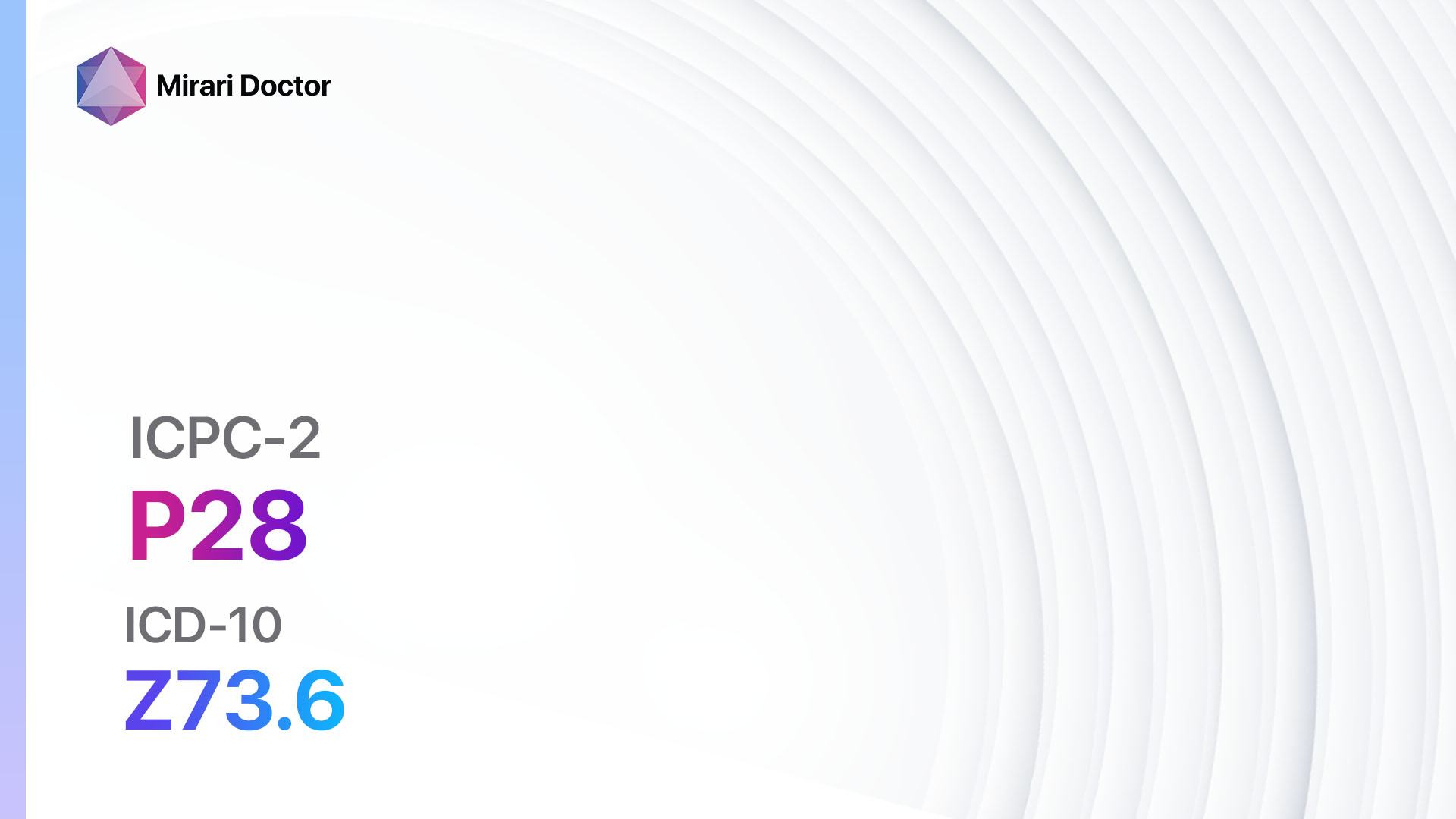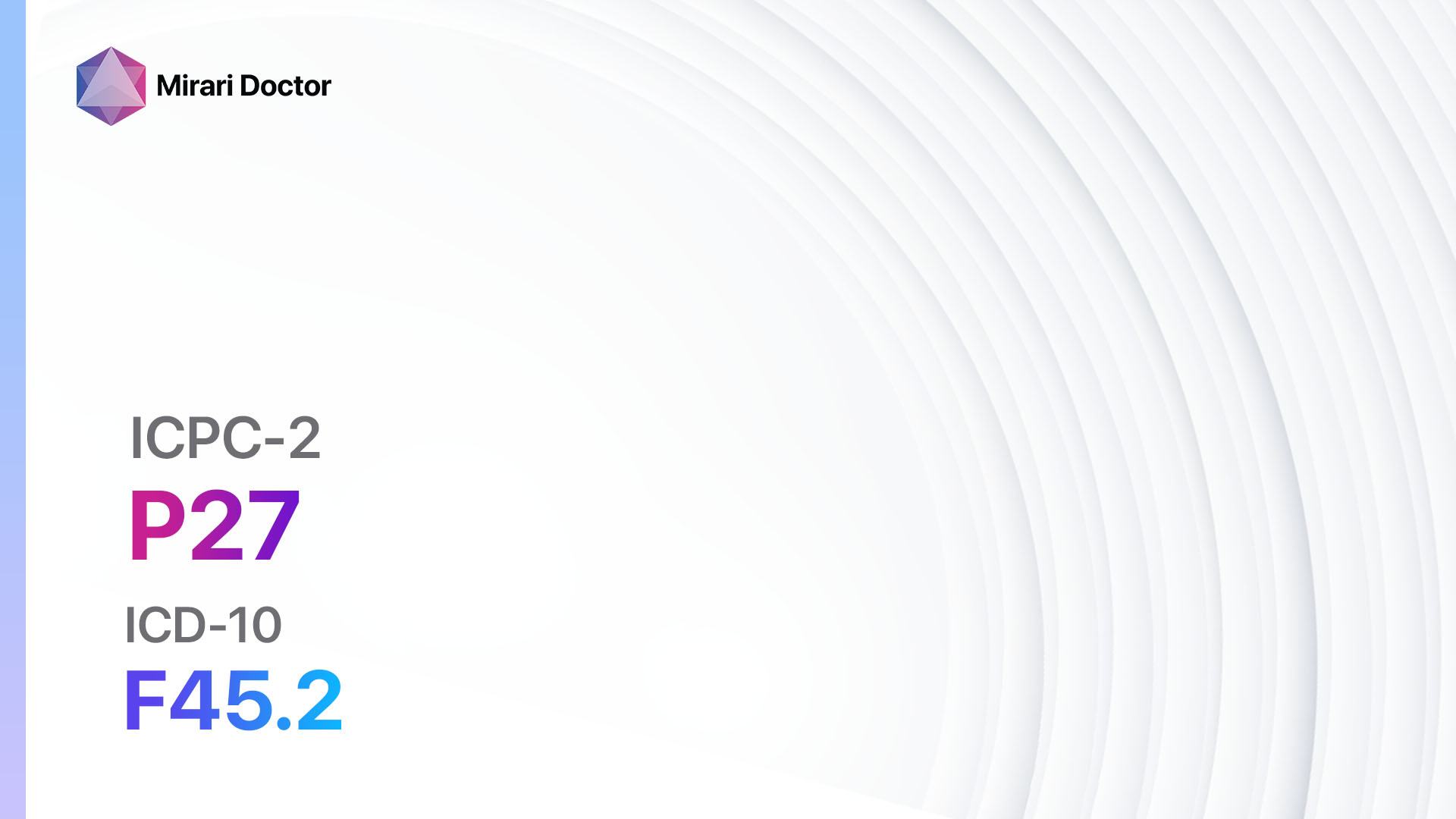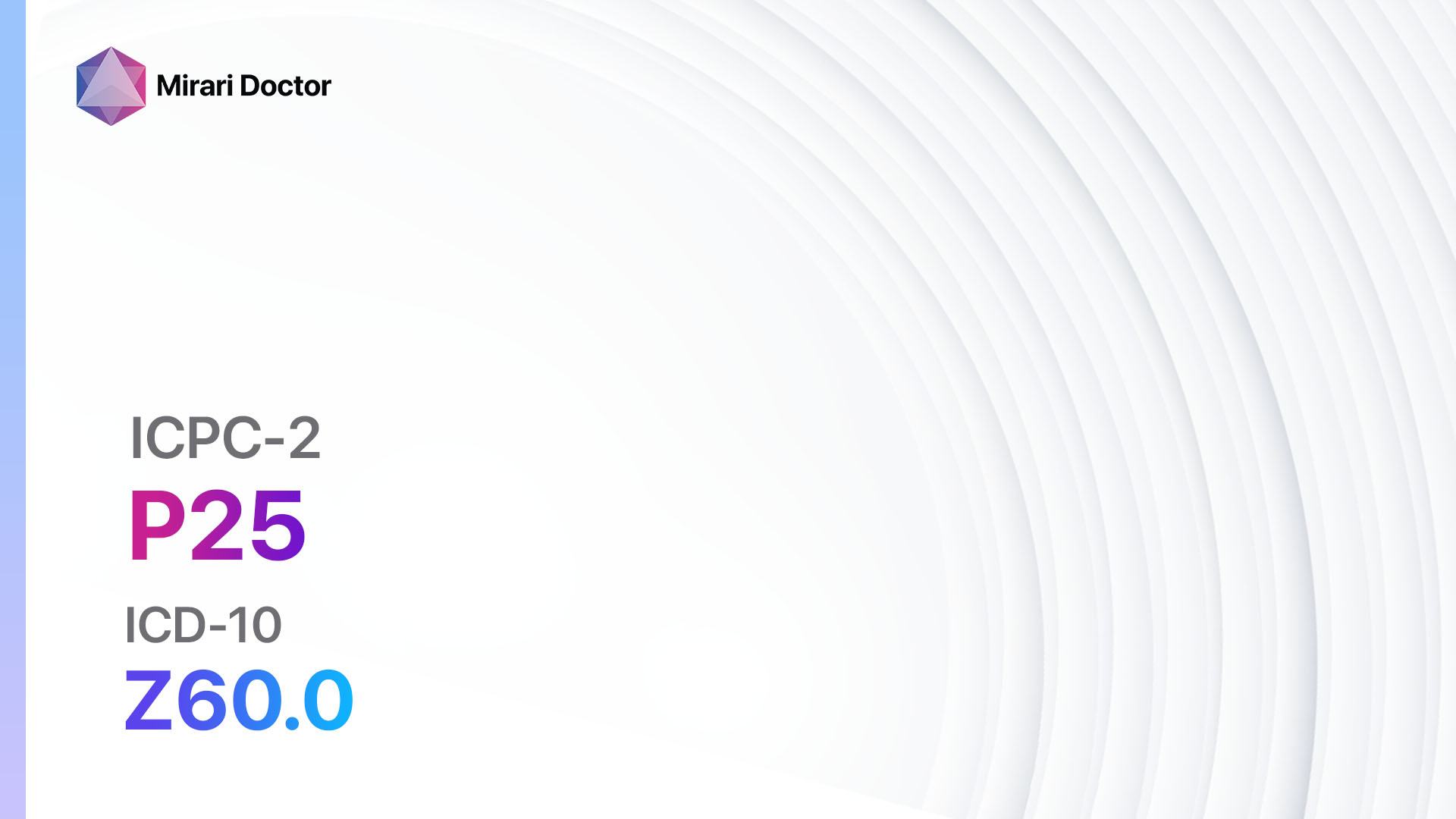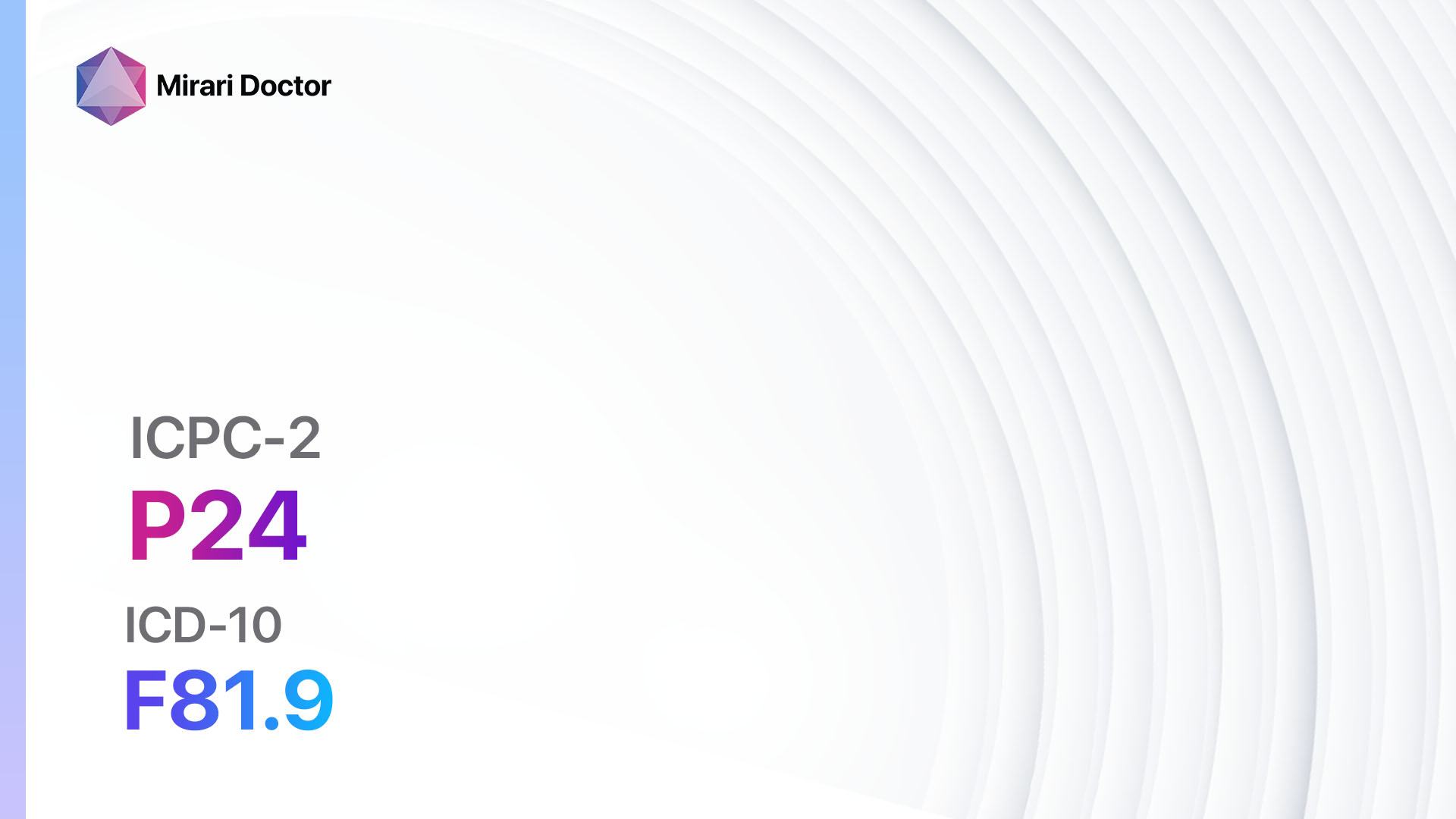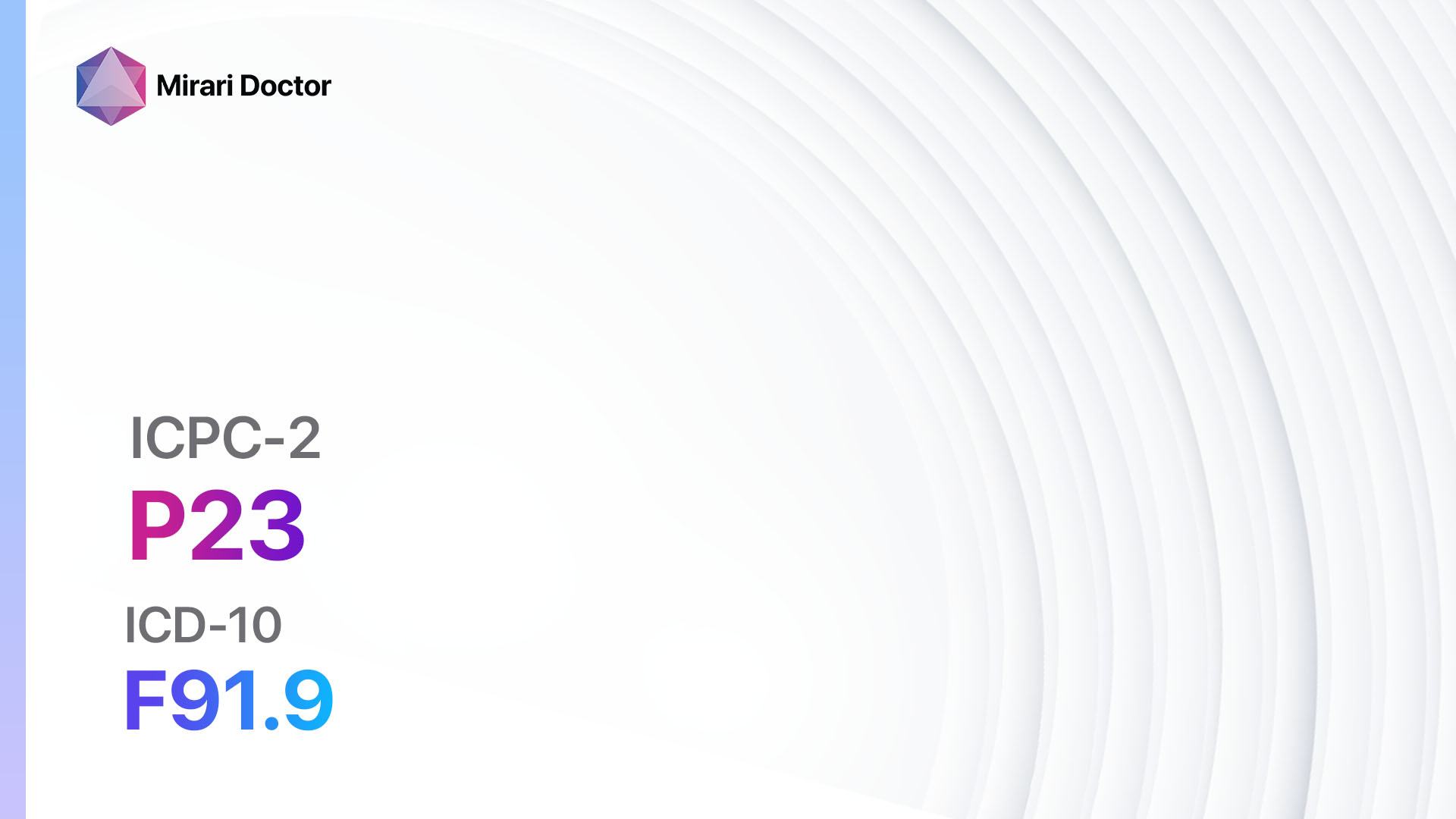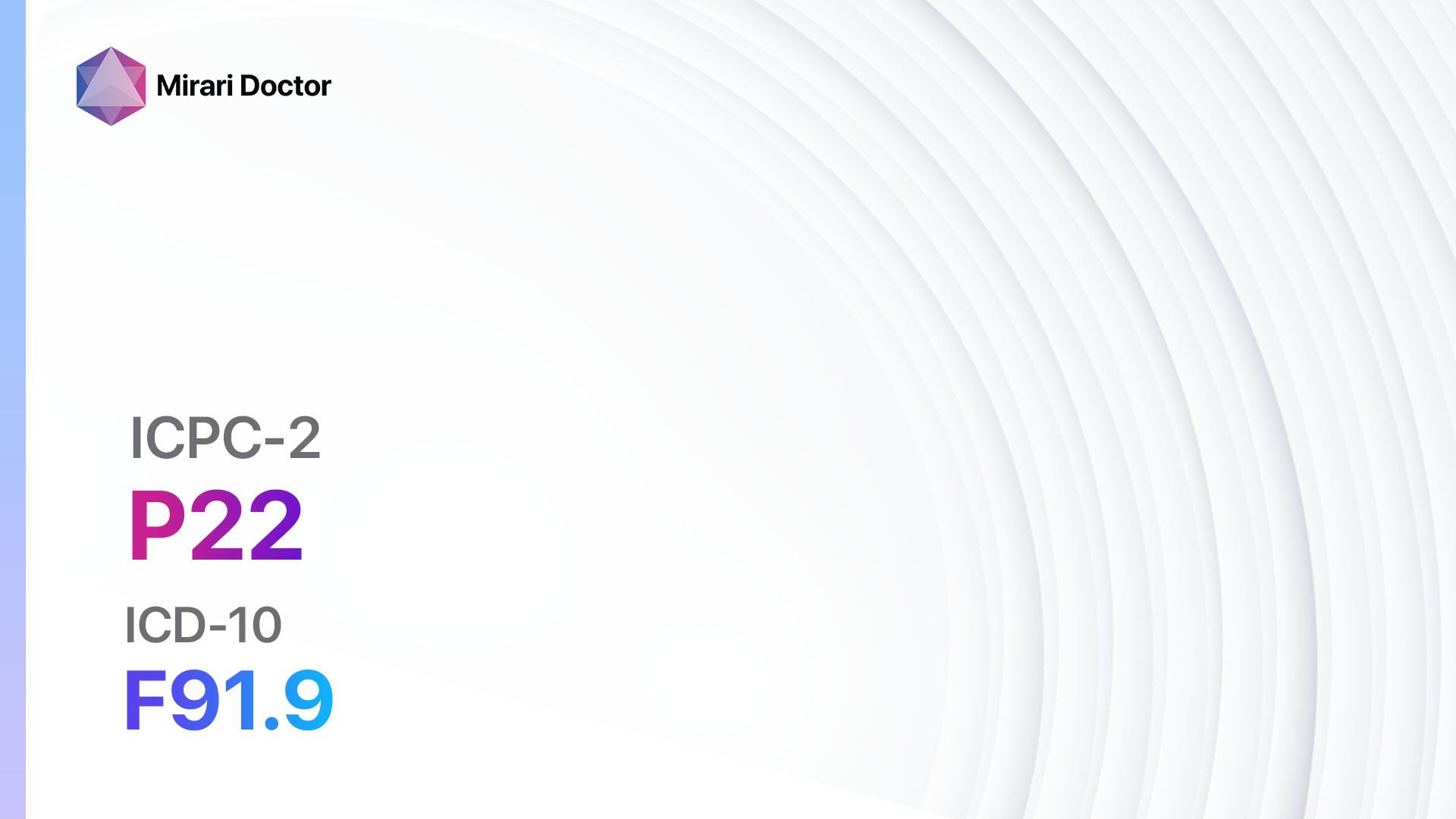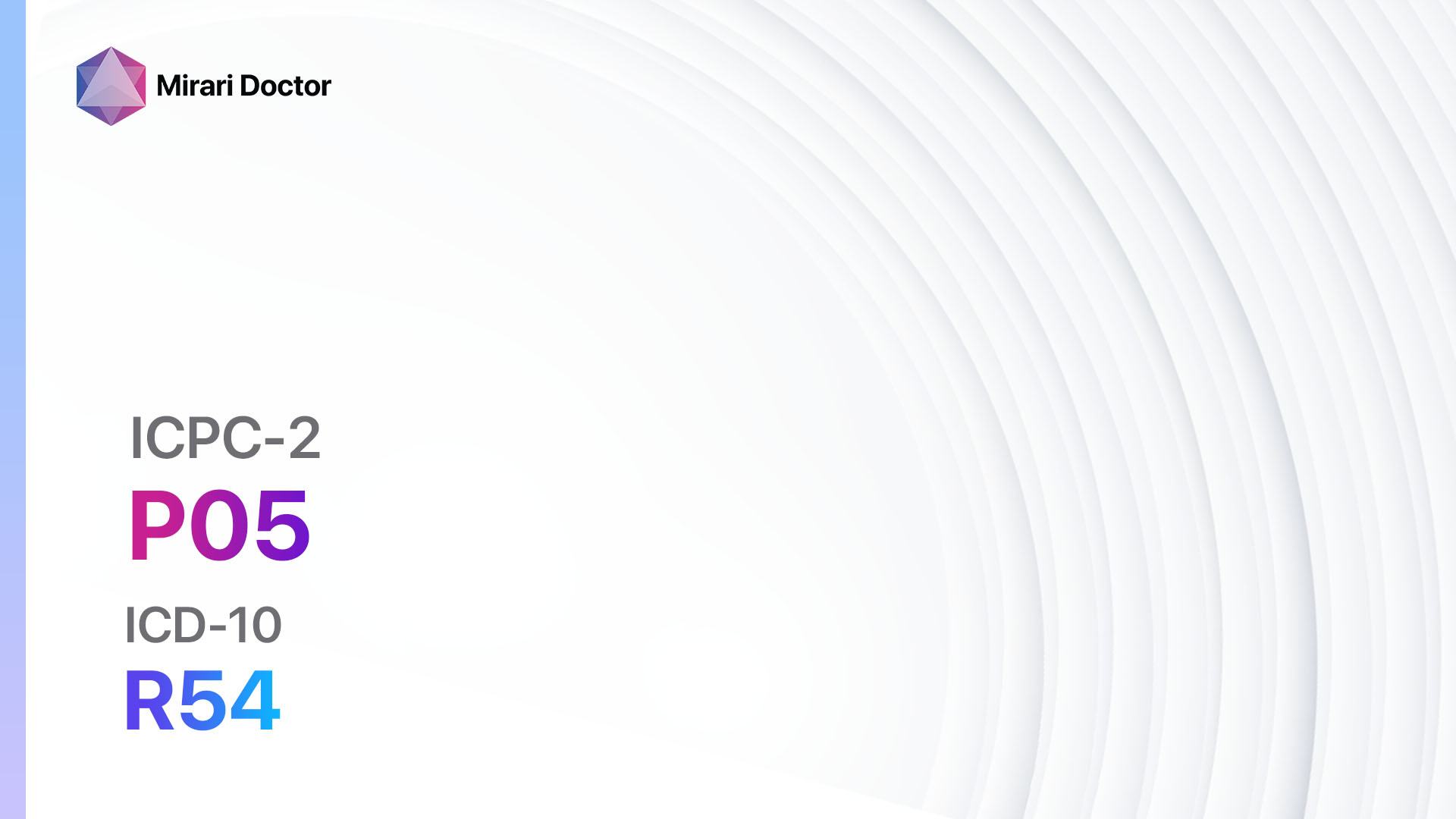
Introduction
Senility, feeling/behaving old, refers to a condition where individuals experience symptoms associated with aging, such as memory loss, cognitive decline, and changes in behavior. This guide aims to provide healthcare professionals with a comprehensive approach to diagnosing and managing senility, feeling/behaving old.
Codes
- ICPC-2 Code: P05 Senility, feeling/behaving old
- ICD-10 Code: R54 Senility
Symptoms
- Memory loss: Individuals may experience difficulty remembering recent events, names, or conversations.[1]
- Cognitive decline: There may be a decline in cognitive abilities, including problem-solving, decision-making, and attention span.[2]
- Changes in behavior: Individuals may exhibit changes in mood, personality, or social interactions.[3]
Causes
- Age-related changes in the brain: As individuals age, there may be natural changes in the brain that can contribute to the development of senility.[4]
- Neurodegenerative diseases: Conditions such as Alzheimer’s disease or vascular dementia can cause symptoms of senility.[5]
- Chronic medical conditions: Certain medical conditions, such as diabetes or cardiovascular disease, can increase the risk of developing senility.[6]
- Medications: Some medications, such as sedatives or anticholinergic drugs, can contribute to cognitive decline.[7]
Diagnostic Steps
Medical History
- Gather information about the patient’s age, medical history, and any chronic conditions.
- Ask about the onset and progression of symptoms.
- Inquire about any medications the patient is currently taking.
- Assess the patient’s lifestyle, including diet, exercise, and sleep patterns.[8]
Physical Examination
- Perform a thorough physical examination, including a neurological assessment.
- Look for signs of cognitive impairment, such as difficulty with memory or problem-solving.
- Assess the patient’s overall health and look for any signs of underlying medical conditions.[9]
Laboratory Tests
- Complete blood count (CBC): To rule out any underlying infections or nutritional deficiencies.
- Thyroid function tests: To assess thyroid function, as thyroid disorders can contribute to cognitive decline.
- Blood glucose levels: To evaluate for diabetes, which can increase the risk of senility.
- Vitamin B12 levels: Low levels of vitamin B12 can cause cognitive impairment.
- Liver and kidney function tests: To assess overall organ function and rule out any underlying conditions.[10]
Diagnostic Imaging
- Magnetic resonance imaging (MRI): To assess the structure and function of the brain and rule out any structural abnormalities.
- Positron emission tomography (PET) scan: To evaluate brain activity and detect any abnormalities associated with neurodegenerative diseases.
Other Tests
- Mini-Mental State Examination (MMSE): A brief cognitive screening tool to assess memory, attention, and language skills.
- Neuropsychological testing: Comprehensive assessment of cognitive function, including memory, attention, and problem-solving abilities.
Follow-up and Patient Education
- Schedule regular follow-up appointments to monitor the progression of symptoms and adjust treatment as needed.
- Provide education to the patient and their caregivers about the condition, including strategies for managing symptoms and maintaining cognitive function.
- Offer support resources, such as support groups or counseling services, to help patients and their families cope with the challenges of senility.
Possible Interventions
Traditional Interventions
Medications:
Top 5 drugs for senility, feeling/behaving old:
- Cholinesterase inhibitors (e.g., Donepezil, Rivastigmine):
- Cost: Donepezil – $10-$50/month, Rivastigmine – $20-$100/month.
- Contraindications: Hypersensitivity to the drug.
- Side effects: Nausea, vomiting, diarrhea.
- Severe side effects: Bradycardia, gastrointestinal bleeding.
- Drug interactions: Anticholinergic drugs, NSAIDs.
- Warning: Regular monitoring of liver function may be required.
- Memantine:
- Cost: $20-$100/month.
- Contraindications: Hypersensitivity to the drug.
- Side effects: Dizziness, headache, constipation.
- Severe side effects: Hallucinations, seizures.
- Drug interactions: Sodium bicarbonate, carbonic anhydrase inhibitors.
- Warning: Use with caution in patients with renal impairment.
- Antidepressants (e.g., Sertraline, Escitalopram):
- Cost: $10-$50/month.
- Contraindications: Hypersensitivity to the drug.
- Side effects: Nausea, insomnia, sexual dysfunction.
- Severe side effects: Serotonin syndrome, suicidal thoughts.
- Drug interactions: MAO inhibitors, NSAIDs.
- Warning: Regular monitoring for changes in mood or behavior.
- Anxiolytics (e.g., Lorazepam, Alprazolam):
- Cost: $10-$50/month.
- Contraindications: Hypersensitivity to the drug.
- Side effects: Sedation, dizziness, confusion.
- Severe side effects: Respiratory depression, dependence.
- Drug interactions: Opioids, alcohol.
- Warning: Use with caution in elderly patients due to increased risk of falls.
- Antipsychotics (e.g., Risperidone, Quetiapine):
- Cost: $10-$50/month.
- Contraindications: Hypersensitivity to the drug.
- Side effects: Sedation, weight gain, extrapyramidal symptoms.
- Severe side effects: Neuroleptic malignant syndrome, tardive dyskinesia.
- Drug interactions: Anticholinergic drugs, CYP3A4 inhibitors.
- Warning: Increased risk of mortality in elderly patients with dementia-related psychosis.
Alternative Drugs:
- Ginkgo biloba: Herbal supplement that may improve cognitive function. Cost: $10-$30/month.
- Omega-3 fatty acids: Found in fish oil supplements, may have neuroprotective effects. Cost: $10-$30/month.
- Vitamin E: Antioxidant that may slow down cognitive decline. Cost: $5-$20/month.
- Huperzine A: Derived from a Chinese club moss, may improve memory and cognitive function. Cost: $10-$30/month.
- Coenzyme Q10: Antioxidant that may have neuroprotective effects. Cost: $10-$30/month.
Surgical Procedures:
- Deep brain stimulation: Involves implanting electrodes in specific areas of the brain to improve cognitive function. Cost: $50,000-$100,000.
- Transcranial magnetic stimulation: Non-invasive procedure that uses magnetic fields to stimulate specific areas of the brain. Cost: $5,000-$10,000.
Alternative Interventions
- Cognitive training: Engaging in activities that stimulate the brain, such as puzzles or memory exercises. Cost: Varies depending on the resources used.
- Physical exercise: Regular physical activity has been shown to improve cognitive function. Cost: Varies depending on the type of exercise chosen.
- Mindfulness meditation: Practicing mindfulness can help reduce stress and improve cognitive function. Cost: Varies depending on the resources used.
- Acupuncture: May help improve cognitive function and reduce symptoms of senility. Cost: $60-$120 per session.
- Herbal supplements: Some herbs, such as ginseng or bacopa monnieri, may have potential benefits for cognitive function. Cost: Varies depending on the specific supplement.
Lifestyle Interventions
- Healthy diet: Following a balanced diet rich in fruits, vegetables, whole grains, and lean proteins. Cost: Varies depending on food choices.
- Regular exercise: Engaging in physical activity for at least 30 minutes a day. Cost: Varies depending on the type of exercise chosen.
- Mental stimulation: Engaging in activities that challenge the brain, such as reading, puzzles, or learning new skills. Cost: Varies depending on the resources used.
- Adequate sleep: Ensuring a regular sleep schedule and getting enough sleep each night. Cost: Varies depending on sleep hygiene practices.
- Stress management: Practicing stress-reducing techniques, such as deep breathing or meditation. Cost: Varies depending on the resources used.
It is important to note that the cost ranges provided are approximate and may vary depending on the location and availability of the interventions.
Mirari Cold Plasma Alternative Intervention
Understanding Mirari Cold Plasma
- Safe and Non-Invasive Treatment: Mirari Cold Plasma is a safe and non-invasive treatment option for various skin conditions. It does not require incisions, minimizing the risk of scarring, bleeding, or tissue damage.
- Efficient Extraction of Foreign Bodies: Mirari Cold Plasma facilitates the removal of foreign bodies from the skin by degrading and dissociating organic matter, allowing easier access and extraction.
- Pain Reduction and Comfort: Mirari Cold Plasma has a local analgesic effect, providing pain relief during the treatment, making it more comfortable for the patient.
- Reduced Risk of Infection: Mirari Cold Plasma has antimicrobial properties, effectively killing bacteria and reducing the risk of infection.
- Accelerated Healing and Minimal Scarring: Mirari Cold Plasma stimulates wound healing and tissue regeneration, reducing healing time and minimizing the formation of scars.
Mirari Cold Plasma Prescription
Video instructions for using Mirari Cold Plasma Device – P05 Senility, feeling/behaving old (ICD-10:R54)
| Mild | Moderate | Severe |
| Mode setting: 2 (Wound Healing) Location: 7 (Neuro system & ENT) Morning: 15 minutes, Evening: 15 minutes |
Mode setting: 2 (Wound Healing) Location: 7 (Neuro system & ENT) Morning: 30 minutes, Lunch: 30 minutes, Evening: 30 minutes |
Mode setting: 2 (Wound Healing) Location: 7 (Neuro system & ENT) Morning: 30 minutes, Lunch: 30 minutes, Evening: 30 minutes |
| Mode setting: 8 (Insomnia) Location: 7 (Neuro system & ENT) Morning: 15 minutes, Evening: 15 minutes |
Mode setting: 8 (Insomnia) Location: 7 (Neuro system & ENT) Morning: 30 minutes, Lunch: 30 minutes, Evening: 30 minutes |
Mode setting: 8 (Insomnia) Location: 7 (Neuro system & ENT) Morning: 30 minutes, Lunch: 30 minutes, Evening: 30 minutes |
| Mode setting: 7 (Immunotherapy) Location: 1 (Sacrum) Morning: 15 minutes, Evening: 15 minutes |
Mode setting: 7 (Immunotherapy) Location: 1 (Sacrum) Morning: 30 minutes, Lunch: 30 minutes, Evening: 30 minutes |
Mode setting: 7 (Immunotherapy) Location: 1 (Sacrum) Morning: 30 minutes, Lunch: 30 minutes, Evening: 30 minutes |
| Total Morning: 45 minutes approx. $7.50 USD, Evening: 45 minutes approx. $7.50 USD |
Total Morning: 90 minutes approx. $15 USD, Lunch: 90 minutes approx. $15 USD, Evening: 90 minutes approx. $15 USD |
Total Morning: 90 minutes approx. $15 USD, Lunch: 90 minutes approx. $15 USD, Evening: 90 minutes approx. $15 USD |
| Usual treatment for 7-60 days approx. $105 USD – $900 USD | Usual treatment for 6-8 weeks approx. $1,890 USD – $2,520 USD |
Usual treatment for 3-6 months approx. $4,050 USD – $8,100 USD
|
 |
|
Use the Mirari Cold Plasma device to treat Senility, feeling/behaving old effectively.
WARNING: MIRARI COLD PLASMA IS DESIGNED FOR THE HUMAN BODY WITHOUT ANY ARTIFICIAL OR THIRD PARTY PRODUCTS. USE OF OTHER PRODUCTS IN COMBINATION WITH MIRARI COLD PLASMA MAY CAUSE UNPREDICTABLE EFFECTS, HARM OR INJURY. PLEASE CONSULT A MEDICAL PROFESSIONAL BEFORE COMBINING ANY OTHER PRODUCTS WITH USE OF MIRARI.
Step 1: Cleanse the Skin
- Start by cleaning the affected area of the skin with a gentle cleanser or mild soap and water. Gently pat the area dry with a clean towel.
Step 2: Prepare the Mirari Cold Plasma device
- Ensure that the Mirari Cold Plasma device is fully charged or has fresh batteries as per the manufacturer’s instructions. Make sure the device is clean and in good working condition.
- Switch on the Mirari device using the power button or by following the specific instructions provided with the device.
- Some Mirari devices may have adjustable settings for intensity or treatment duration. Follow the manufacturer’s instructions to select the appropriate settings based on your needs and the recommended guidelines.
Step 3: Apply the Device
- Place the Mirari device in direct contact with the affected area of the skin. Gently glide or hold the device over the skin surface, ensuring even coverage of the area experiencing.
- Slowly move the Mirari device in a circular motion or follow a specific pattern as indicated in the user manual. This helps ensure thorough treatment coverage.
Step 4: Monitor and Assess:
- Keep track of your progress and evaluate the effectiveness of the Mirari device in managing your Senility, feeling/behaving old. If you have any concerns or notice any adverse reactions, consult with your health care professional.
Note
This guide is for informational purposes only and should not replace the advice of a medical professional. Always consult with your healthcare provider or a qualified medical professional for personal advice, diagnosis, or treatment. Do not solely rely on the information presented here for decisions about your health. Use of this information is at your own risk. The authors of this guide, nor any associated entities or platforms, are not responsible for any potential adverse effects or outcomes based on the content.
Mirari Cold Plasma System Disclaimer
- Purpose: The Mirari Cold Plasma System is a Class 2 medical device designed for use by trained healthcare professionals. It is registered for use in Thailand and Vietnam. It is not intended for use outside of these locations.
- Informational Use: The content and information provided with the device are for educational and informational purposes only. They are not a substitute for professional medical advice or care.
- Variable Outcomes: While the device is approved for specific uses, individual outcomes can differ. We do not assert or guarantee specific medical outcomes.
- Consultation: Prior to utilizing the device or making decisions based on its content, it is essential to consult with a Certified Mirari Tele-Therapist and your medical healthcare provider regarding specific protocols.
- Liability: By using this device, users are acknowledging and accepting all potential risks. Neither the manufacturer nor the distributor will be held accountable for any adverse reactions, injuries, or damages stemming from its use.
- Geographical Availability: This device has received approval for designated purposes by the Thai and Vietnam FDA. As of now, outside of Thailand and Vietnam, the Mirari Cold Plasma System is not available for purchase or use.
References
- Alzheimer’s Association. (2021). 10 Early Signs and Symptoms of Alzheimer’s. Retrieved from https://www.alz.org/alzheimers-dementia/10_signs
- National Institute on Aging. (2021). What Is Dementia? Symptoms, Types, and Diagnosis. Retrieved from https://www.nia.nih.gov/health/what-dementia-symptoms-types-and-diagnosis
- Mayo Clinic. (2021). Dementia – Symptoms and causes. Retrieved from https://www.mayoclinic.org/diseases-conditions/dementia/symptoms-causes/syc-20352013
- Peters, R. (2006). Ageing and the brain. Postgraduate Medical Journal, 82(964), 84-88.
- Alzheimer’s Society. (2021). Types of dementia. Retrieved from https://www.alzheimers.org.uk/about-dementia/types-dementia
- Biessels, G. J., Staekenborg, S., Brunner, E., Brayne, C., & Scheltens, P. (2006). Risk of dementia in diabetes mellitus: a systematic review. The Lancet Neurology, 5(1), 64-74.
- Gray, S. L., Anderson, M. L., Dublin, S., Hanlon, J. T., Hubbard, R., Walker, R., … & Larson, E. B. (2015). Cumulative use of strong anticholinergics and incident dementia: a prospective cohort study. JAMA Internal Medicine, 175(3), 401-407.
- Livingston, G., Sommerlad, A., Orgeta, V., Costafreda, S. G., Huntley, J., Ames, D., … & Mukadam, N. (2017). Dementia prevention, intervention, and care. The Lancet, 390(10113), 2673-2734.
- Galvin, J. E., & Sadowsky, C. H. (2012). Practical guidelines for the recognition and diagnosis of dementia. The Journal of the American Board of Family Medicine, 25(3), 367-382.
- Knopman, D. S., DeKosky, S. T., Cummings, J. L., Chui, H., Corey-Bloom, J., Relkin, N., … & Stevens, J. C. (2001). Practice parameter: Diagnosis of dementia (an evidence-based review): Report of the Quality Standards Subcommittee of the American Academy of Neurology. Neurology, 56(9), 1143-1153.
Related articles
Made in USA


